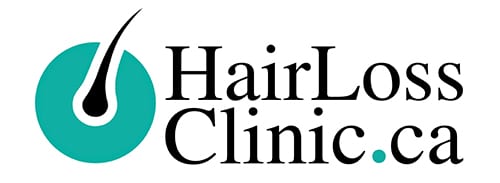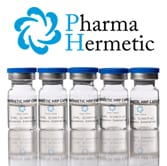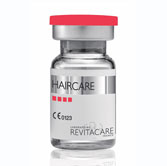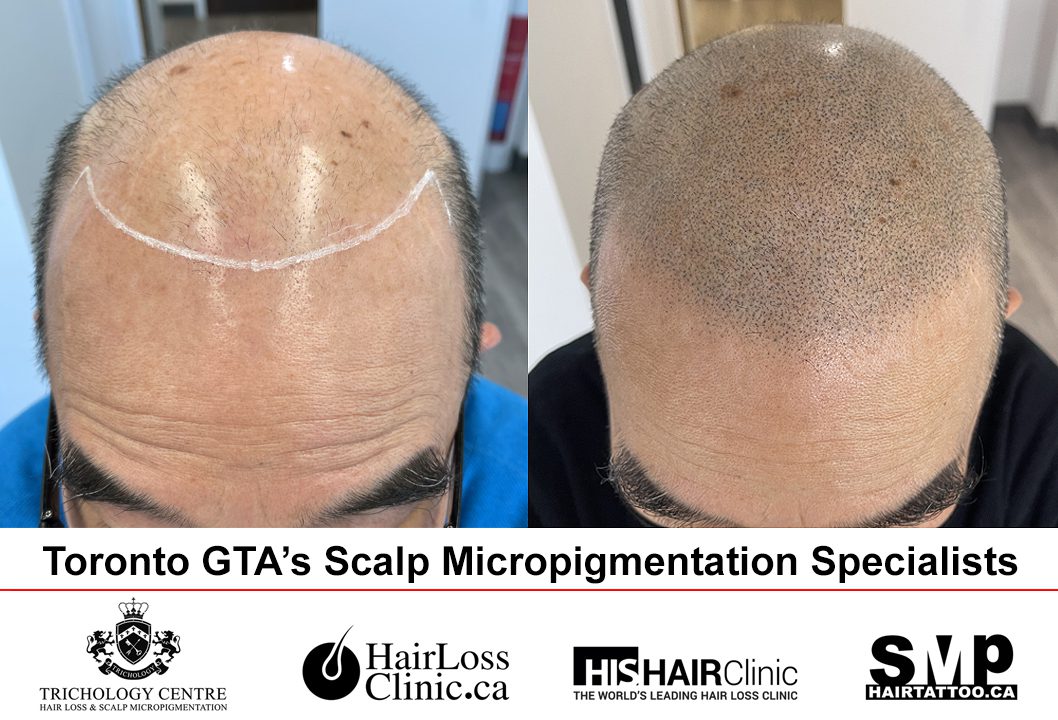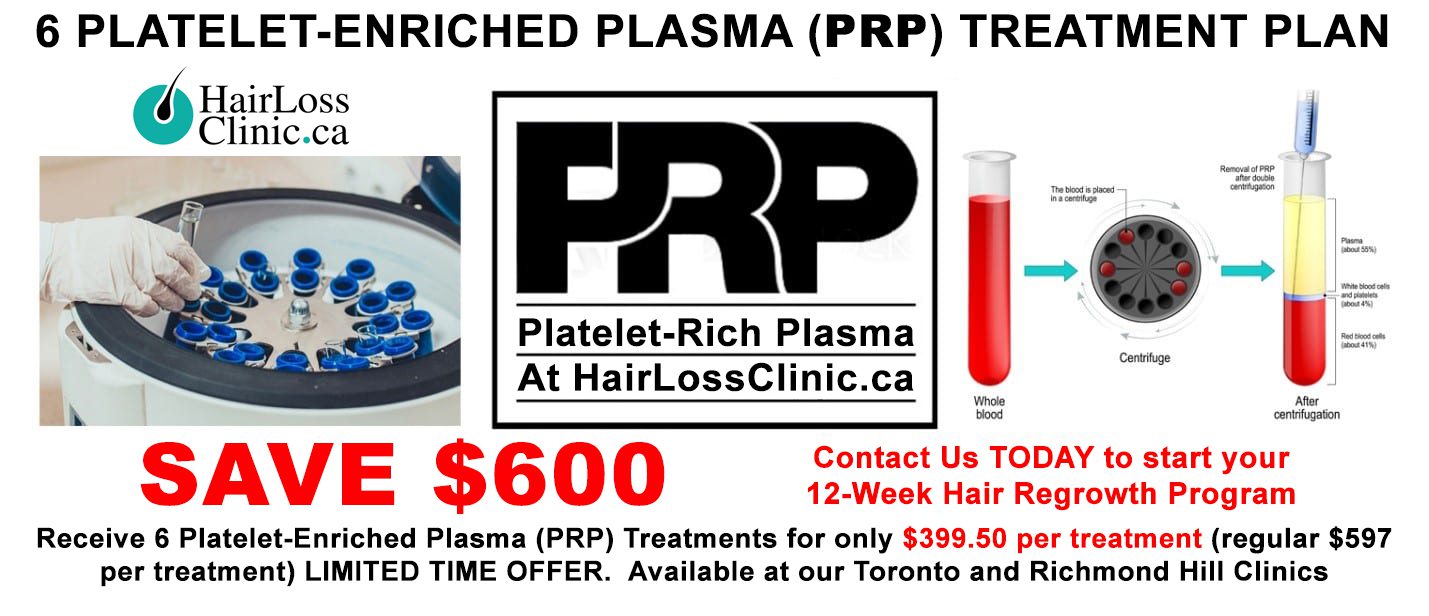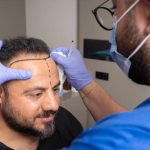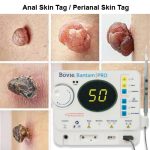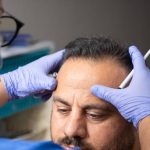March 8, 2023 By simonw Comments are Off hair restoration Toronto
Table of Contents
Explore the top treatments for hair restoration Toronto, including both surgical and non-surgical solutions for hair thinning.
Hair restoration refers to various methods of restoring hair growth, such as:
- Hair transplantation, which involves surgically transplanting hair follicles from a donor site to the balding or thinning areas of the scalp.
- Hair replacement, which involves non-surgical methods of replacing lost hair, such as hairpieces, wigs, and hair extensions.
- Hair regrowth, which can be achieved through medication or other treatments that stimulate hair growth, such as PRP injections or laser therapy.
Are you noticing a decrease in the amount of hair on your head? Explore the different non-invasive and invasive treatments available in Toronto to assist with hair regrowth. This includes scalp micropigmentation, laser therapy, follicular unit extraction and transplantation – all of which can help bring back your hair and your self-confidence.
Millions of people across the globe suffer from hair loss or alopecia, and many people in Toronto have turned to hair restoration for relief. This article will take a look at the different hair restoration techniques and hair loss treatment that are popular in the city, their advantages and drawbacks.
Scalp Micropigmentation (SMP Hair Tattoo)
Scalp micropigmentation, or ‘hair tattooing’, is a safe, non-invasive procedure that utilizes tiny needles to inject ink into the scalp. This method produces the look of fuller hair and is an increasingly popular choice for men and women in Toronto due to its low-cost and non-surgical nature.
The technician uses specialized tools to delicately place small dots of ink on the scalp, creating the appearance of real hair follicles. The uniformity of the dots allows for a realistic end result. Usually, the entire process takes one to two hours to complete, but touch-ups may be necessary in the future.
Hair Transplant (FUE and FUT)
A hair transplant surgery is a widely accepted method of permanently restoring hair loss by taking hair grafts from one area of the scalp and transplanting them to the balding area, resulting in a natural-looking head of hair.
Two different methods of hair transplants are available at the hair transplant clinic: FUT and FUE. FUT involves taking a thin strip of hair from the back and sides of the head (donor area) and transplanting it to the thinning area, while FUE involves the individual removal and transplanting of the hair follicles. Both techniques require making precision incisions in the scalp to complete the transplant.
Low-Level Laser Therapy (LLLT)
Many people are opting for non-invasive treatments such as low-level laser therapy (LLLT) to treat hair loss due to its easy and pain-free nature, with no recovery time required.
A specialized helmet is used that emits low-level lasers onto the scalp. This stimulation increases circulation, as well as the production of ATP, which is an energy-providing molecule that helps nourish hair follicles. The end result is an increase in hair growth and a possible restoration of areas where it had begun to thin.
Platelet-Rich Plasma (PRP) Therapy
PRP therapy is a common and affordable choice for people in Toronto seeking a natural and non-invasive solution to alopecia. By using the patient’s own blood, PRP for hair loss encourages the growth of new hair.
A process is performed to extract the patient’s blood, which is then spun in a centrifuge to separate the platelets from the red blood cells. These platelets, filled with growth factors, are then injected into the scalp near areas of hair loss to activate hair growth and replenish thinning hair. PRP injections are considered safe since you are using your own blood for the treatment.
PRP-HAIR RESTORATION COST – cost of prp
Benefits of Hair Restoration Toronto
Permanent Results
Hair transplant procedures provide a permanent solution, but it is important to note that only certain individuals are suitable for this type of treatment. If more donor hair is needed, the procedure can appear thin and sparse. Therefore, we suggest scalp micropigmentation as an alternate option. If a person does not have enough donor hair, a hair transplant may not be the best choice.
Safe and Effective
Techniques for hair regrowth typically pose very little danger and provide successful outcomes, with few risks of negative effects.
Boosts Self-Confidence
Having fuller hair can be an incredible psychological boost, leading to increased self-worth and an improved sense of self-assurance. Those with a greater abundance of hair may find themselves feeling more secure in various social settings, as well as in their professional lives.
Q&A on hair restoration toronto
What is the most popular non-surgical hair LOSS option in Toronto?
Scalp micropigmentation is a hugely popular non-surgical technique. This involves placing tiny dots of ink onto the scalp to give the illusion of real hair follicles.
What is the average cost of hair restoration in Toronto?
The price of hair loss treatments in Toronto can differ depending on what is being done and how much hair loss there is. Non-surgical methods like scalp micropigmentation and low-level laser therapy can be relatively cheap, going from a few hundred to some thousands of dollars, whereas surgical processes like follicular unit extraction and transplantation can be quite costly and go up to several thousands of dollars.
Are there any side effects to hair restoration procedures in Toronto?
The majority of treatments available in Toronto are safe and successful, however, there is the potential for certain adverse reactions. Non-invasive techniques such as scalp micropigmentation and low-level laser therapy are typically without any side effects, while surgical approaches like follicular unit extraction and transplantation can produce short-term results such as inflammation and reddening.
What is the recovery time for surgical PROCEDURES in Toronto?
People getting hair transplant surgery in Toronto may experience different lengths of time needed for healing, depending on the type of operation. Follicular unit extraction usually just needs a few days to a week, but follicular unit transplantation might take multiple weeks to fully recover from.
Are hair restoration procedures in Toronto covered by insurance?
In Ontario, hair loss treatments are generally seen as a cosmetic choice and are not reimbursed by insurance. Nevertheless, some medical insurance plans may reimburse these treatments if they are considered medically necessary for conditions like alopecia. To be sure, it is a good idea to check with your insurer if they will cover hair restoration procedures.
Takeaway
Hair restoration is a popular cosmetic procedure for those experiencing hair loss or thinning due to genetic predisposition, age, and medical conditions. In addition, people may opt for these procedures for various reasons, including a desire to improve their self-esteem and confidence. Fortunately, advanced techniques have led to natural-looking results and have transformed the industry.
One of the most frequent reasons why people seek treatment is for androgenetic alopecia, which is also referred to as male pattern baldness or hair loss. This type of hair loss occurs when hair follicles in specific areas, such as the back of the scalp, are susceptible to shrinking due to genetic predisposition. However, procedures such as follicular hair transplantation or FUE hair transplants can help restore a full head of hair by transplanting individual follicular units or hair follicles to the affected areas.
One of the main differences in hair transplant procedures is the number of grafts needed to achieve the best results. Therefore, patients will need to consult with doctors or surgeons to determine their treatment plan and whether they are a good candidate for hair transplants. During consultations, physicians will also review the patient’s medical history and determine whether prescription medications or medical conditions may interfere with the surgical procedure.
In addition to the consultation process, finding a trichology clinic that meets the highest standards of patient care and employs the latest technology and techniques is essential. Patients should expect a comfortable environment and world-class results from experienced surgeons, technicians, and staff. Local anesthesia is used during the procedure to ensure patient comfort. In addition, studies have shown that Growth Factor and Vascular Endothelial Growth Factor play a vital role in cell growth and blood supply to the scalp, resulting in further hair growth.
Male pattern baldness is not the only reason individuals seek hair restoration. Dr. Cory Torgerson, a facial plastic surgeon and neck surgeon, notes that facial hair restoration is becoming increasingly popular, and individuals seek the most natural-looking results possible. The main difference between facial hair and traditional hair restoration is the placement of the individual hair follicles to achieve a natural hairline and density.
Individuals with heart problems or high blood pressure should consult their physician before undergoing a hair transplantation procedure. However, for those who are good candidates for the procedure, the terms “hair restoration” and “hair transplantation” are often used interchangeably and have the potential to transform lives. With years of experience and the latest technologies, hair restoration clinics can provide the touch patients need to restore their hair and confidence.
Comments are closed.
